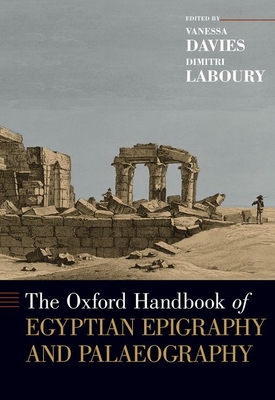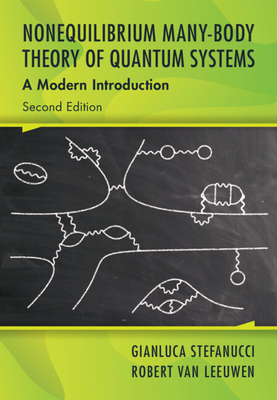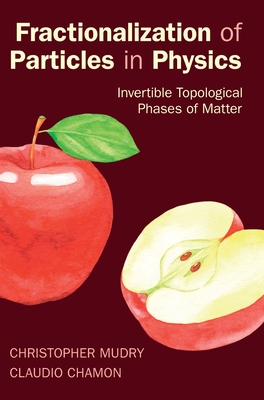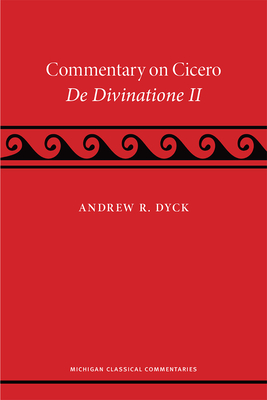图书简介
This Handbook discusses current theories with regard to the cultural setting and material realities in which Egyptian epigraphy was produced; familiarize the reader with epigraphic and palaeographic techniques and practices; and outline and review traditional and emerging techniques and challenges as a guide for future research.
List of Illustrations; Abbreviations; Introduction: Vanessa Davies and Dimitri Laboury; I. Cultural and Material Setting; 1. Form, Layout, and Specific Potentialities of the Ancient Egyptian Hieroglyphic Script; Pascal Vernus; 2. The Content of Egyptian Wall Decoration; Niv Allon; 3. The Egyptian Theory of Monumental Writing as Related to Permanence or Endurance; Boyo G. Ockinga; 4. The Historical Record; Peter Brand; 5. Egyptian Epigraphic Genres and Their Relation with Non-epigraphic Ones; Julie Stauder-Porchet and Andreas Stauder; 6. Designers and Makers of Ancient Egyptian Monumental Epigraphy; Dimitri Laboury; 7. Audiences; Hana Navratilova; 8. The Materials, Tools, and Work of Carving and Painting; Denys A. Stocks; 9. Recording Epigraphic Sources as Part of Artworks; Gabriele Pieke; II. Historical Efforts at Epigraphy; 1. When Ancient Egyptians Copied Egyptian Work; Tamas A. Bacs; 2. When Classical Authors Encountered Egyptian Epigraphy; Jean Winand; 3. Interpretations and Re-use of Ancient Egyptian Hieroglyphs in the Arabic Period (Tenth-Sixteenth Centuries CE); Annette Sundermeyer; 4. The Reception of Ancient Egypt and Its Script in Renaissance Europe; Lucie Jiraskova; 5. The Epigraphy of Egyptian Monuments in the Description de l’Egypte; Eric Gady; 6. The Rosetta Stone, Copying an Ancient Copy; Ilona Regulski; 7. The Epigraphic Work of Early Egyptologists and Travelers to Egypt; Lise Manniche; 8. Karl Richard Lepsius and The Royal Prussian Expedition to Egypt (1842-1845/6); Christian E. Loeben; 9. Nineteenth-Century Foundations of Modern Epigraphy; Virginia L. Emery; 10. Late Nineteenth- and Early Twentieth-Century Developments in Epigraphy; Vanessa Davies; III. Traditional and New Techniques of Epigraphy; 1. How to Publish an Egyptian Temple?; Claude Traunecker; 2. Epigraphic Techniques Used by the Edfu Project; Dieter Kurth; 3. Online Publication of Monuments; Willeke Wendrich; 4. Tradition and Innovation in Digital Epigraphy; Krisztian Vertes; 5. 3D scanning, Photogrammetry, and Photo Rectification of Columns in the Karnak Hypostyle Hall; Jean Revez; 6. An Assessment of Digital Epigraphy and Related Technologies; Peter Der Manuelian; 7. Typical, Atypical, and Downright Strange Epigraphic Techniques; Will Schenck; 8. The Chicago House Method; J. Brett McClain; 9. The So-called Karnak Method; Christophe Thiers; 10. Practical Issues Concerning Epigraphic Work in Tombs and Temples; Hanane Gaber; 11. The Application of a Logic of Writing-Imagery to Palaeographic Interpretation in the Formative Phase of Writing; Ludwig Morenz; 12. Reading, Editing, and Appreciating the Texts of Greco-Roman Temples; Laure Pantalacci; 13. History of Recording Demotic Epigraphy; Jan Moje; 14. Graffiti; Chiara Salvador; 15. Practical Issues with the Epigraphic Restoration of a Biographical Inscription; Andres Diego Espinel; 16. Relationships between the Community of Sheikh Abd al-Qurna and Ancient Egyptian Monuments; Andrew Bednarski and Gemma Tully; IV. Issues in Paleography; 1. The Significance of Medium in Palaeographic Study; Dimitri Meeks; 2. Hieroglyphic Palaeography; Frederic Servajean; 3. Methods, Tools, and Perspectives of Hieratic Palaeography; Stephane Polis; 4. Carved Hybrid Script; Mohamed Sherif Ali; 5. Cursive Hieroglyphs in the Book of the Dead; Rita Lucarelli; 6. Some Issues in and Perhaps a New Methodology for Abnormal Hieratic; Koen Donker van Heel; 7. Demotic Palaeography; Joachim Quack, Jannik Korte, Fabian Wespi, Claudia Maderna-Sieben; 8. Issues and Methodologies in Coptic Palaeography; Anne Boud’hors; 9. Digital Palaeography of Hieratic; Svenja A. Gulden, Celia Krause, Ursula Verhoeven; 10. Hieratic Palaeography in Literary and Documentary Texts from Deir el-Medina; Hans-Werner Fischer-Elfert; Index $ $ https://global.oup.com/academic/product/9780190604653 $ http://ukcatalogue.oup.com/images/en_US/covers/large/9780190604653_450.jpg $ HRKP1; HDDG; CFL; ACG $ Ancient Egyptian religion & mythology; Egyptian archaeology / Egyptology; Palaeography (history of writing); History of art: ancient & classical art,BCE to c 500 CE
Trade Policy 买家须知
- 关于产品:
- ● 正版保障:本网站隶属于中国国际图书贸易集团公司,确保所有图书都是100%正版。
- ● 环保纸张:进口图书大多使用的都是环保轻型张,颜色偏黄,重量比较轻。
- ● 毛边版:即书翻页的地方,故意做成了参差不齐的样子,一般为精装版,更具收藏价值。
关于退换货:- 由于预订产品的特殊性,采购订单正式发订后,买方不得无故取消全部或部分产品的订购。
- 由于进口图书的特殊性,发生以下情况的,请直接拒收货物,由快递返回:
- ● 外包装破损/发错货/少发货/图书外观破损/图书配件不全(例如:光盘等)
并请在工作日通过电话400-008-1110联系我们。
- 签收后,如发生以下情况,请在签收后的5个工作日内联系客服办理退换货:
- ● 缺页/错页/错印/脱线
关于发货时间:- 一般情况下:
- ●【现货】 下单后48小时内由北京(库房)发出快递。
- ●【预订】【预售】下单后国外发货,到货时间预计5-8周左右,店铺默认中通快递,如需顺丰快递邮费到付。
- ● 需要开具发票的客户,发货时间可能在上述基础上再延后1-2个工作日(紧急发票需求,请联系010-68433105/3213);
- ● 如遇其他特殊原因,对发货时间有影响的,我们会第一时间在网站公告,敬请留意。
关于到货时间:- 由于进口图书入境入库后,都是委托第三方快递发货,所以我们只能保证在规定时间内发出,但无法为您保证确切的到货时间。
- ● 主要城市一般2-4天
- ● 偏远地区一般4-7天
关于接听咨询电话的时间:- 010-68433105/3213正常接听咨询电话的时间为:周一至周五上午8:30~下午5:00,周六、日及法定节假日休息,将无法接听来电,敬请谅解。
- 其它时间您也可以通过邮件联系我们:customer@readgo.cn,工作日会优先处理。
关于快递:- ● 已付款订单:主要由中通、宅急送负责派送,订单进度查询请拨打010-68433105/3213。
本书暂无推荐
本书暂无推荐
















